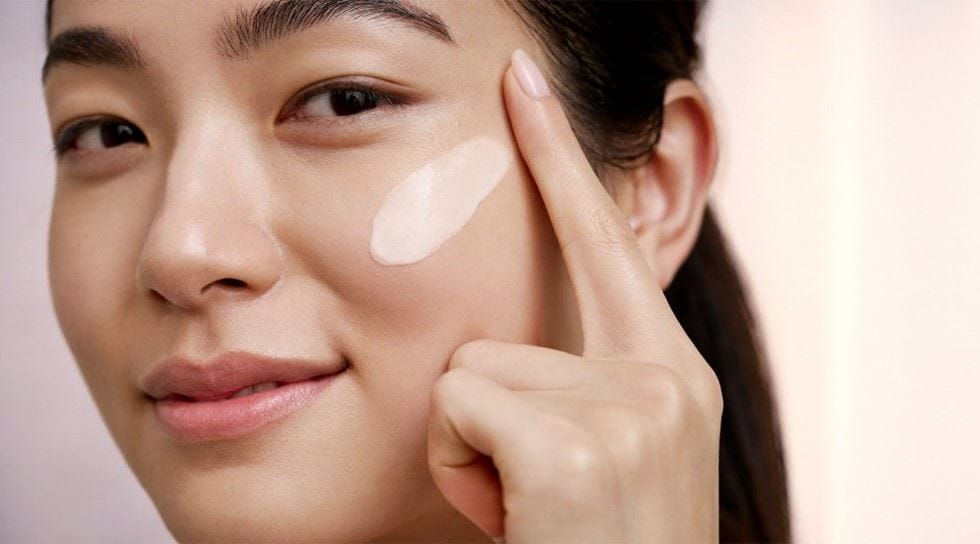
Hyperpigmentation Skincare Mistakes to Avoid – According to Experts
Hyperpigmentation is a common problem that has affected people from different walks of life. This is a medical term that is used to describe darker patches of skin on different parts of a person’s body. There are many factors that contribute to hyperpigmentation, including prolonged exposure to the sun, certain medications, hormones and several others. In some cases, hyperpigmentation can signal severe health issues like certain types of cancer. Read on to learn more about hyperpigmentation treatment and thiamidol.





